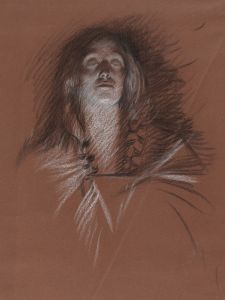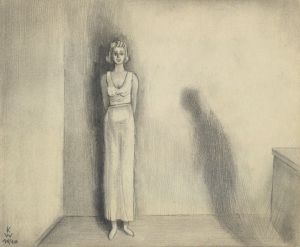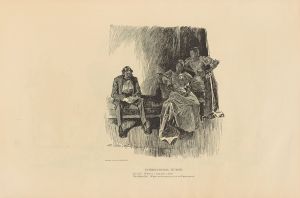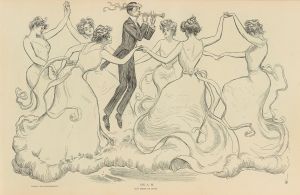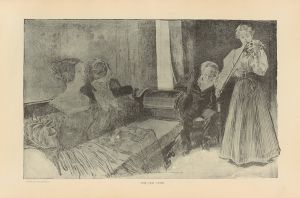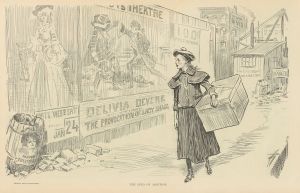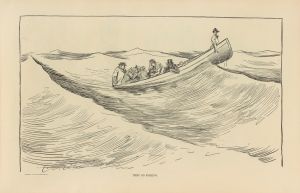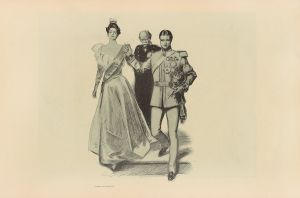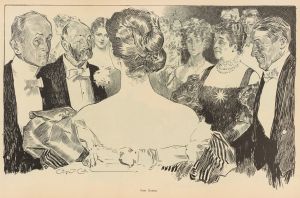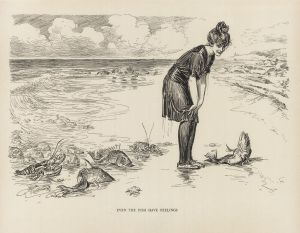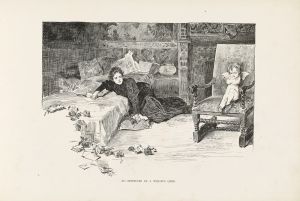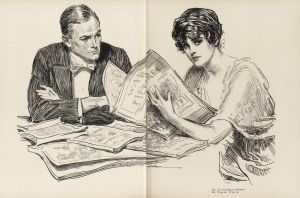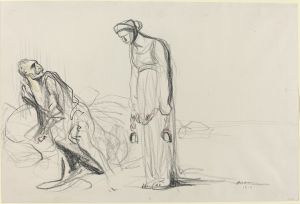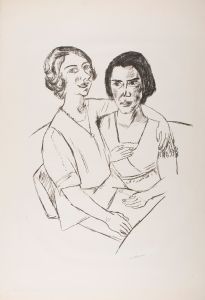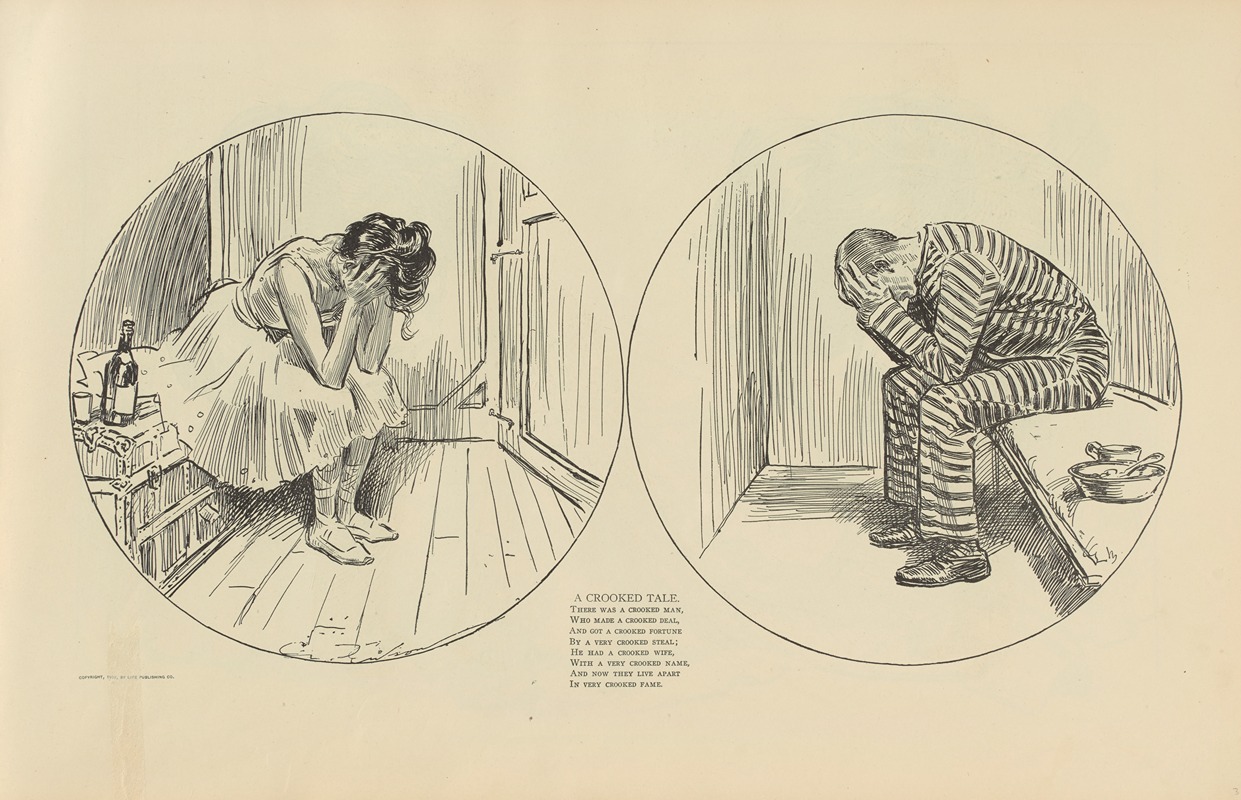
A crooked tale
A hand-painted replica of Charles Dana Gibson’s masterpiece A crooked tale, meticulously crafted by professional artists to capture the true essence of the original. Each piece is created with museum-quality canvas and rare mineral pigments, carefully painted by experienced artists with delicate brushstrokes and rich, layered colors to perfectly recreate the texture of the original artwork. Unlike machine-printed reproductions, this hand-painted version brings the painting to life, infused with the artist’s emotions and skill in every stroke. Whether for personal collection or home decoration, it instantly elevates the artistic atmosphere of any space.
"A Crooked Tale" is an illustration by the American artist Charles Dana Gibson, who is best known for creating the iconic "Gibson Girl" images that epitomized the idealized American woman of the late 19th and early 20th centuries. Gibson was born on September 14, 1867, in Roxbury, Massachusetts, and he became one of the most prominent illustrators of his time, contributing to various magazines and publications.
The specific illustration "A Crooked Tale" was created in the early 20th century, during a period when Gibson's work was widely celebrated and featured in popular magazines such as Life, Harper's Weekly, and Scribner's. His illustrations often depicted scenes of high society, romance, and social satire, capturing the essence of the era with a keen eye for detail and a touch of humor.
"A Crooked Tale" showcases Gibson's signature style, characterized by precise line work and expressive characters. The illustration typically features a group of elegantly dressed individuals engaged in a lively conversation or social interaction, with one character often taking center stage to deliver a humorous or ironic punchline. The title "A Crooked Tale" suggests a story with unexpected twists or a humorous anecdote, which was a common theme in Gibson's work.
Gibson's illustrations, including "A Crooked Tale," played a significant role in shaping American visual culture during the late 19th and early 20th centuries. His depictions of the "Gibson Girl" became a cultural phenomenon, influencing fashion, beauty standards, and even social behavior. The "Gibson Girl" was characterized by her poise, elegance, and independence, representing the modern woman of the time.
Charles Dana Gibson's work remains influential and is studied for its artistic merit and cultural impact. His ability to capture the nuances of social interactions and the subtleties of human expression made his illustrations timeless. "A Crooked Tale" is a testament to Gibson's talent for storytelling through art, using visual elements to convey humor and social commentary.
Gibson continued to produce illustrations until his retirement in the 1930s. He passed away on December 23, 1944, leaving behind a legacy that continues to be celebrated in the world of illustration and American art history. His works, including "A Crooked Tale," are preserved in various collections and continue to be appreciated for their artistic and historical significance.





